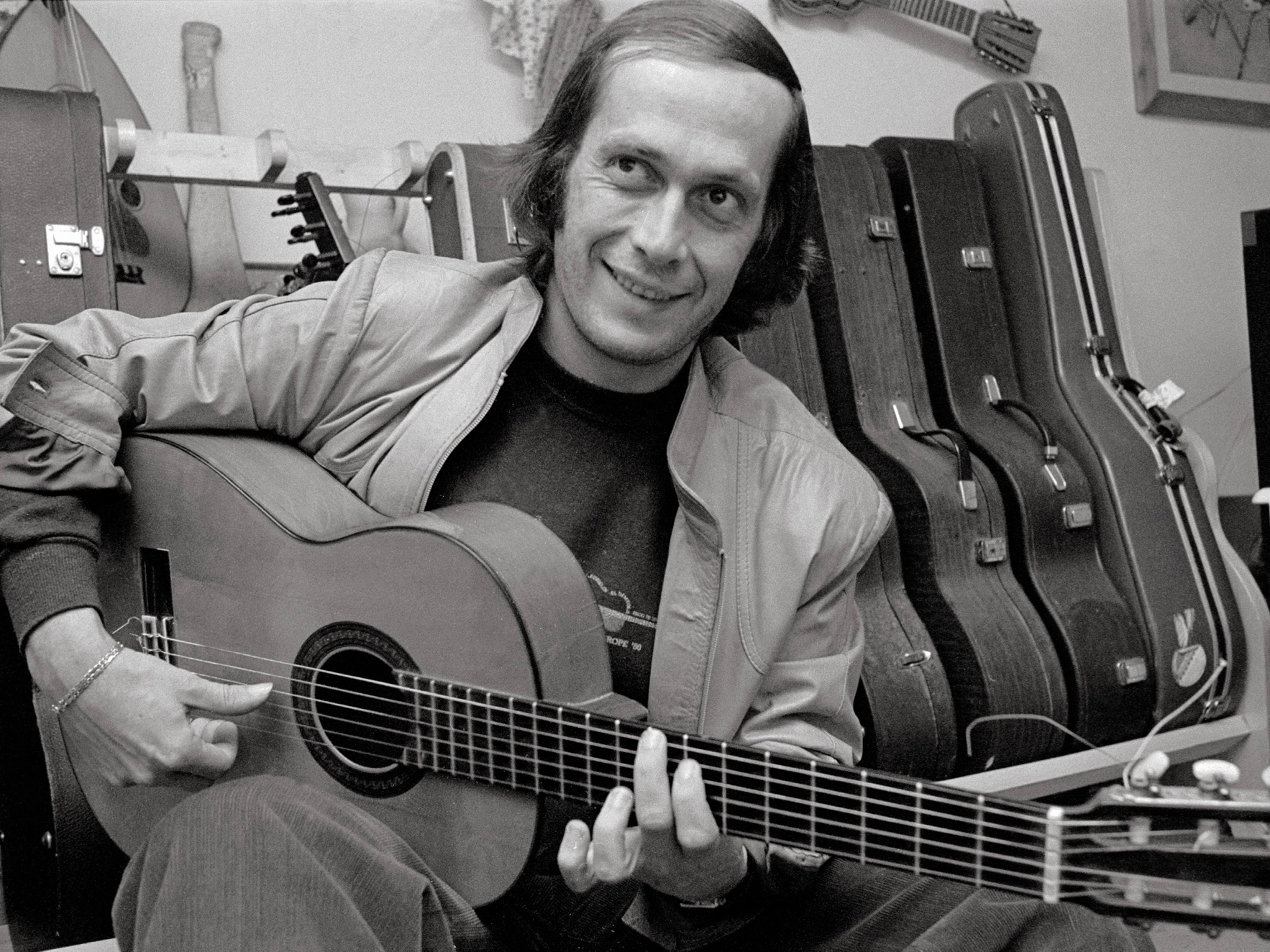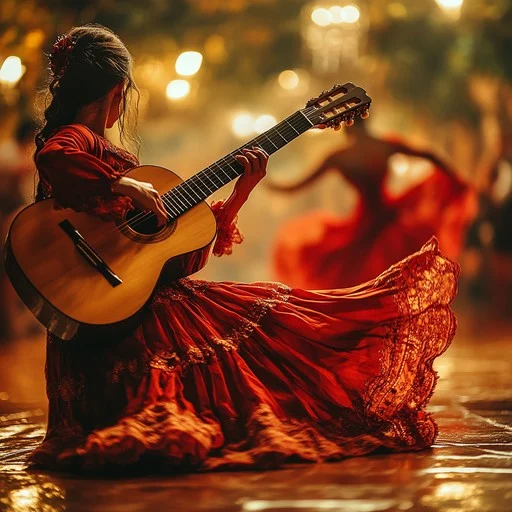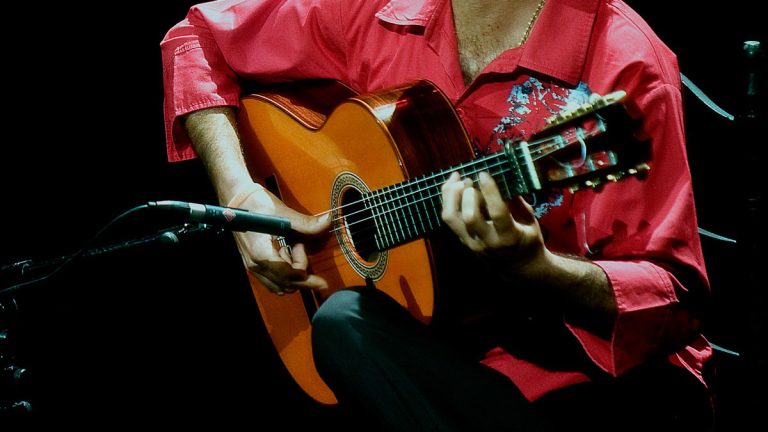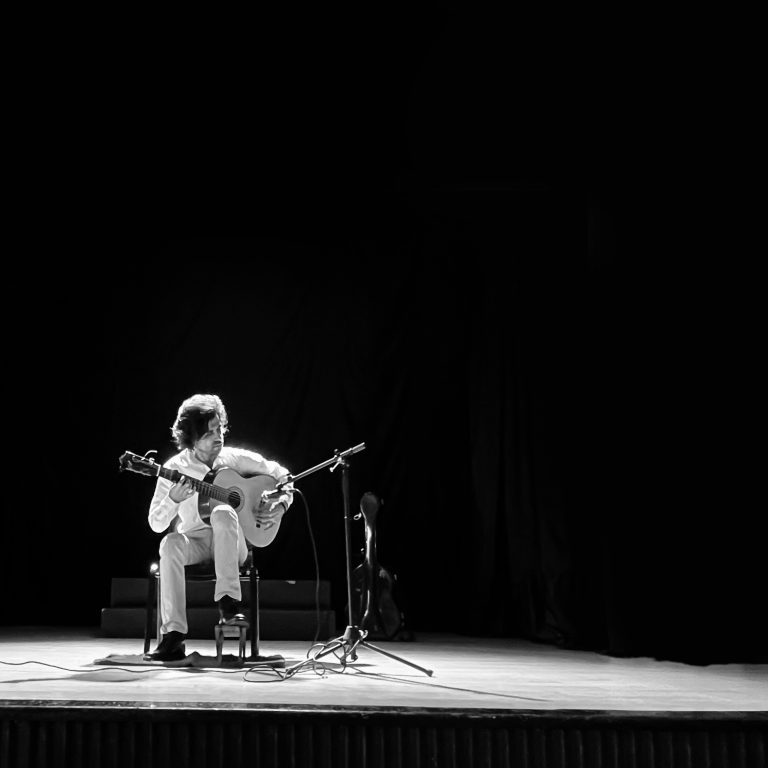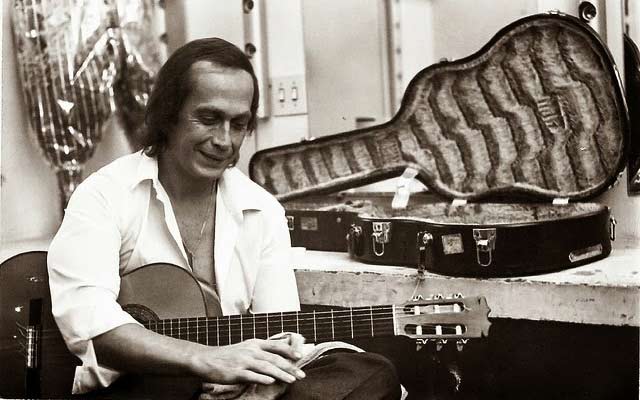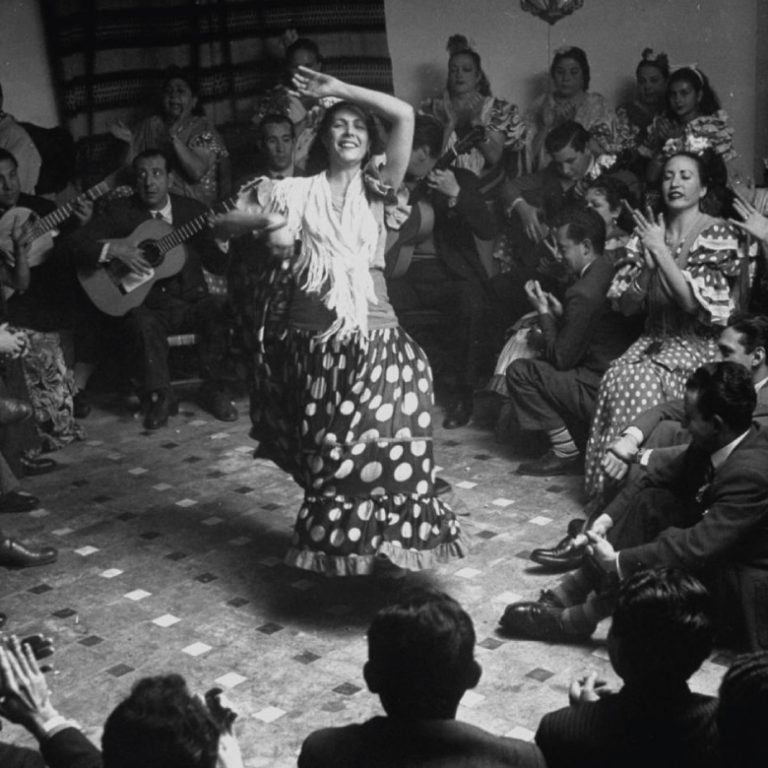Paco de Lucia : The Legend of Flamenco Guitar
Paco de Lucia : The Legend of Flamenco Guitar
Few names in the world of music evoke as much reverence as Paco de Lucía. A revolutionary flamenco guitarist, composer, and innovator, he transformed traditional Spanish flamenco into a global phenomenon. With his unparalleled technique, emotional depth, and fearless experimentation, Paco de Lucía became not just a master of his craft but a cultural icon whose influence transcends genres and borders.
Born Francisco Sánchez Gómez on December 21, 1947, in Algeciras, Spain, Paco de Lucía grew up in a family deeply rooted in flamenco tradition. His father, Antonio Sánchez, was a guitarist, and his brothers, Ramón de Algeciras and Pepe de Lucía, were also accomplished musicians. From an early age, Paco was immersed in the raw, passionate world of flamenco, and by his teenage years, he was already recognized as a prodigy.
This article explores Paco de Lucía’s life, his groundbreaking contributions to flamenco, his collaborations with other musical giants, and his enduring legacy.
Early Life and Musical Beginnings
Paco de Lucía’s journey began in the impoverished neighborhoods of Algeciras, a city in the southern Spanish region of Andalusia. Flamenco was not just music here—it was a way of life, an expression of joy, sorrow, and resistance. His father, recognizing his son’s extraordinary talent, ensured that Paco received rigorous training from a young age.
By the age of 11, Paco was already performing in local venues, and at 14, he made his first recording with his brother Pepe. His early influences included legendary guitarists like Sabicas and Niño Ricardo, but he soon developed a style uniquely his own—blisteringly fast picados (scale runs), intricate rasgueados (strumming patterns), and a profound sense of rhythm that made his playing instantly recognizable.
Rise to Fame: The Flamenco Revolution
In the 1960s, Paco de Lucía began collaborating with flamenco singer Camarón de la Isla, a partnership that would redefine flamenco music. Together, they recorded over 10 albums, blending traditional cante jondo (deep song) with innovative guitar techniques. Their 1969 album “La fabulosa guitarra de Paco de Lucía” showcased Paco’s virtuosity and set the stage for his future innovations.
However, it was in the 1970s that Paco truly revolutionized flamenco. He introduced new harmonies, jazz-inspired improvisations, and even classical elements into his compositions. Albums like “Fuente y Caudal” (1973), featuring the iconic track “Entre Dos Aguas,” brought flamenco to mainstream audiences, becoming a commercial success and solidifying his reputation as a trailblazer.
Breaking Boundaries: Fusion and Global Recognition
Paco de Lucía was never content with staying within the confines of traditional flamenco. While he deeply respected its roots, he envisioned a broader musical landscape where flamenco could converse with other genres. His fearless experimentation led to groundbreaking collaborations and albums that expanded flamenco’s reach, earning him global recognition and forever altering the perception of Spanish guitar music.
The Jazz Connection: Meeting Al Di Meola and John McLaughlin
One of the most pivotal moments in Paco’s career came in the late 1970s when he joined forces with two of the greatest guitarists in the world—John McLaughlin (of Mahavishnu Orchestra fame) and Al Di Meola (a jazz fusion prodigy). Their collaboration, known as The Guitar Trio, became legendary.
Friday Night in San Francisco (1981)
Their live album, Friday Night in San Francisco, remains one of the best-selling acoustic guitar albums in history. Recorded during a concert at the Warfield Theatre, the album captured the raw energy, technical brilliance, and playful rivalry between the three guitarists. Tracks like “Mediterranean Sundance” (originally a duet between Paco and Al Di Meola) and “Short Tales of the Black Forest” showcased:
Blistering speed and precision – The interplay between Paco’s flamenco rasgueados, McLaughlin’s jazz-infused phrasing, and Di Meola’s fusion licks was electrifying.
Cross-genre improvisation – Flamenco compás blended seamlessly with jazz harmonies, proving that these styles could coexist and enhance each other.
A new audience for flamenco – The album introduced flamenco to jazz and rock fans worldwide, breaking cultural and musical barriers.
This collaboration was not just a concert—it was a statement. Paco proved that flamenco was not an isolated art form but a universal language capable of adapting to and enriching other musical traditions.
Beyond Jazz: Classical and World Music Explorations
Paco’s curiosity led him to explore beyond jazz fusion. He drew inspiration from classical music, Latin rhythms, and even Middle Eastern traditions.
“Zyryab” (1990) – A Fusion Masterpiece
Named after a 9th-century Persian musician, Zyryab was one of Paco’s most ambitious projects. The album featured:
Chick Corea (jazz pianist) and Jorge Pardo (flute virtuoso), blending flamenco with jazz improvisation.
Orchestral arrangements – Tracks like “Monasterio de Sal” incorporated symphonic elements, showing Paco’s willingness to experiment with larger musical formats.
Arabic influences – The title track “Zyryab” included modal scales reminiscent of Andalusian-Arabic music, reflecting Spain’s Moorish heritage.
This album was a testament to Paco’s belief that flamenco could be both traditional and avant-garde.
Collaborations with Pop and Latin Artists
Paco’s versatility allowed him to work with artists outside the jazz and flamenco worlds, further expanding his influence.
Bryan Adams & “Have You Ever Really Loved a Woman?” (1995)
Paco’s iconic guitar solo in this global hit introduced flamenco to millions of pop listeners. His playing added an emotional depth that made the song unforgettable, proving that flamenco could enhance even mainstream ballads.
Latin American Connections
Carlos Santana – Their mutual admiration led to performances where flamenco met Latin rock.
Rubén Blades – Paco’s work with the Panamanian salsa legend demonstrated how flamenco could merge with Afro-Caribbean rhythms.
The Impact: How Paco Changed Flamenco Forever
Paco de Lucía’s fusion experiments did more than just create great music—they redefined flamenco’s place in the world:
Globalization of Flamenco – Before Paco, flamenco was largely confined to Spain. After him, it became a respected genre in jazz festivals, world music stages, and even rock concerts.
Inspiration for Future Generations – Artists like Vicente Amigo, Tomatito, and even Rodrigo y Gabriela cite Paco’s fusion work as a major influence.
Breaking the “Purist” Mentality – Some traditionalists initially criticized his experiments, but Paco proved that innovation could honor tradition rather than dilute it.
Conclusion: The Eternal Innovator
Paco de Lucía’s journey into fusion was not about abandoning flamenco—it was about setting it free. By collaborating with jazz legends, experimenting with classical and world music, and even dipping into pop, he demonstrated that flamenco was not a static art form but a living, evolving tradition.
His ability to blend genres while maintaining the soul of flamenco is why he remains unmatched. As John McLaughlin once said, “Paco didn’t just play the guitar—he reinvented it.” And in doing so, he ensured that flamenco would forever have a place on the global stage
Technique and Mastery: What Made Paco de Lucía Unique?
Paco de Lucía’s technique was nothing short of revolutionary. Some of his signature elements included:
Lightning-Fast Picados – His scale runs were executed with unmatched precision and speed, often leaving audiences in awe.
Alzapúa Mastery – A thumb technique that allowed him to play rapid, powerful bass lines while maintaining melody.
Harmonic Innovations – He introduced jazz chords and modulations into flamenco, expanding its harmonic possibilities.
Compás (Rhythm) Perfection – His sense of rhythm was impeccable, whether playing soleá, bulerías, or rumba.
Beyond technique, it was his emotional intensity that set him apart. Whether performing a tender taranta or a fiery alegría, his playing conveyed profound emotion, making each note resonate with listeners.
Later Years and Legacy
In his later years, Paco de Lucía continued to push boundaries. He composed for orchestras, experimented with electronic elements, and mentored younger guitarists. His 2004 album “Cositas Buenas” won a Latin Grammy, proving that his creativity never waned.
Tragically, on February 25, 2014, the world lost this musical genius to a heart attack while on vacation in Mexico. His death sent shockwaves through the music community, but his legacy lives on.
Paco de Lucía’s Influence on Modern Music
Flamenco Guitarists – Virtuosos like Vicente Amigo, Tomatito, and Paco Serrano cite him as their greatest influence.
Beyond Flamenco – Jazz, classical, and even rock musicians have drawn inspiration from his work.
Cultural Impact – He elevated flamenco from a regional art form to a globally respected genre.
Conclusion: The Eternal Maestro
Paco de Lucía was more than a guitarist—he was a force of nature who redefined an entire musical tradition. His fearless innovation, technical brilliance, and deep emotional connection to flamenco ensured that his music would transcend time.
Today, his recordings continue to inspire new generations of musicians, and his name remains synonymous with flamenco itself. As the great Andrés Segovia once said, “Paco de Lucía is the greatest guitarist in the world.” And indeed, for those who have experienced his music, there is no doubt—Paco de Lucía was, and always will be, the undisputed legend of flamenco guitar.

